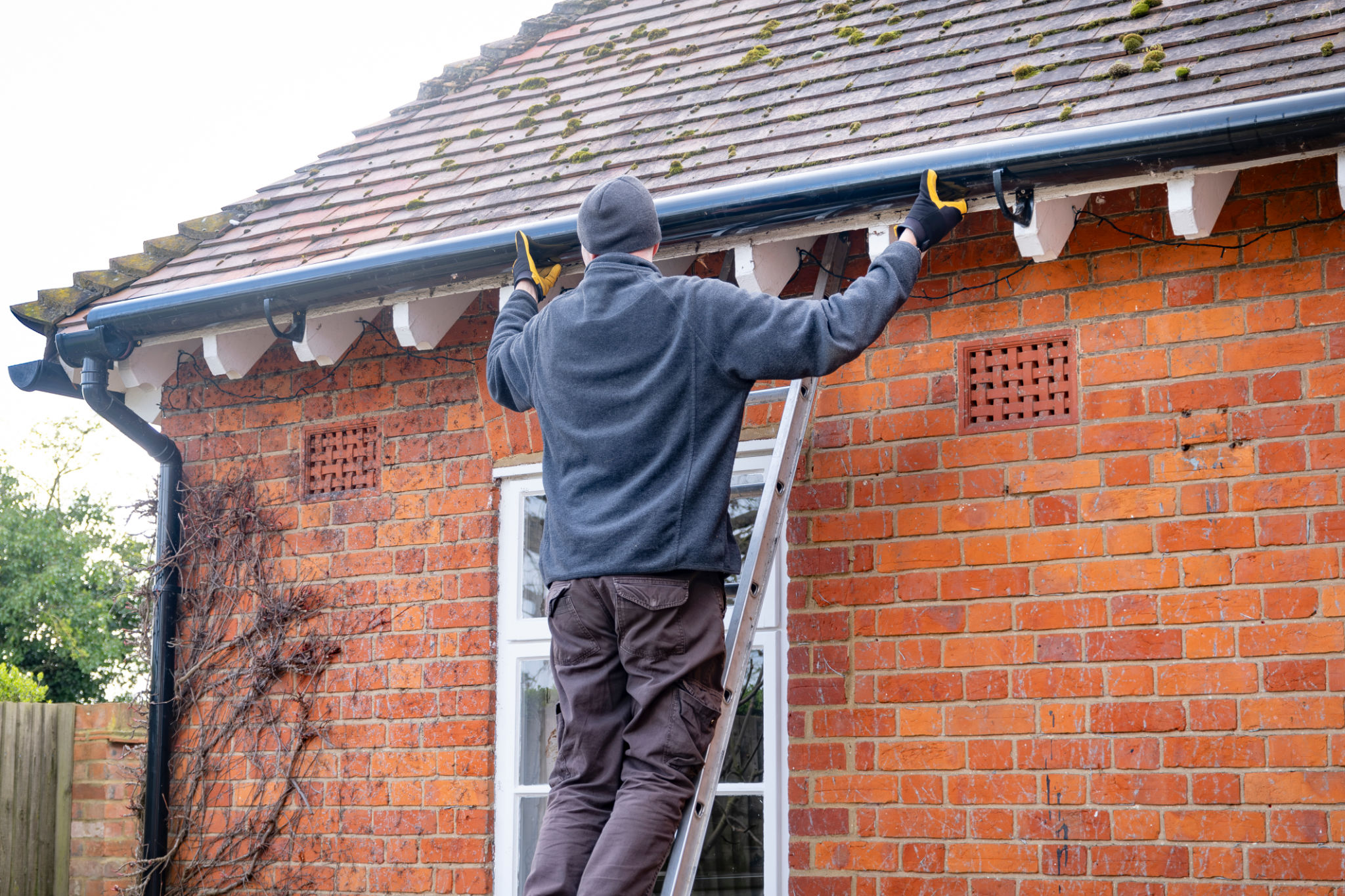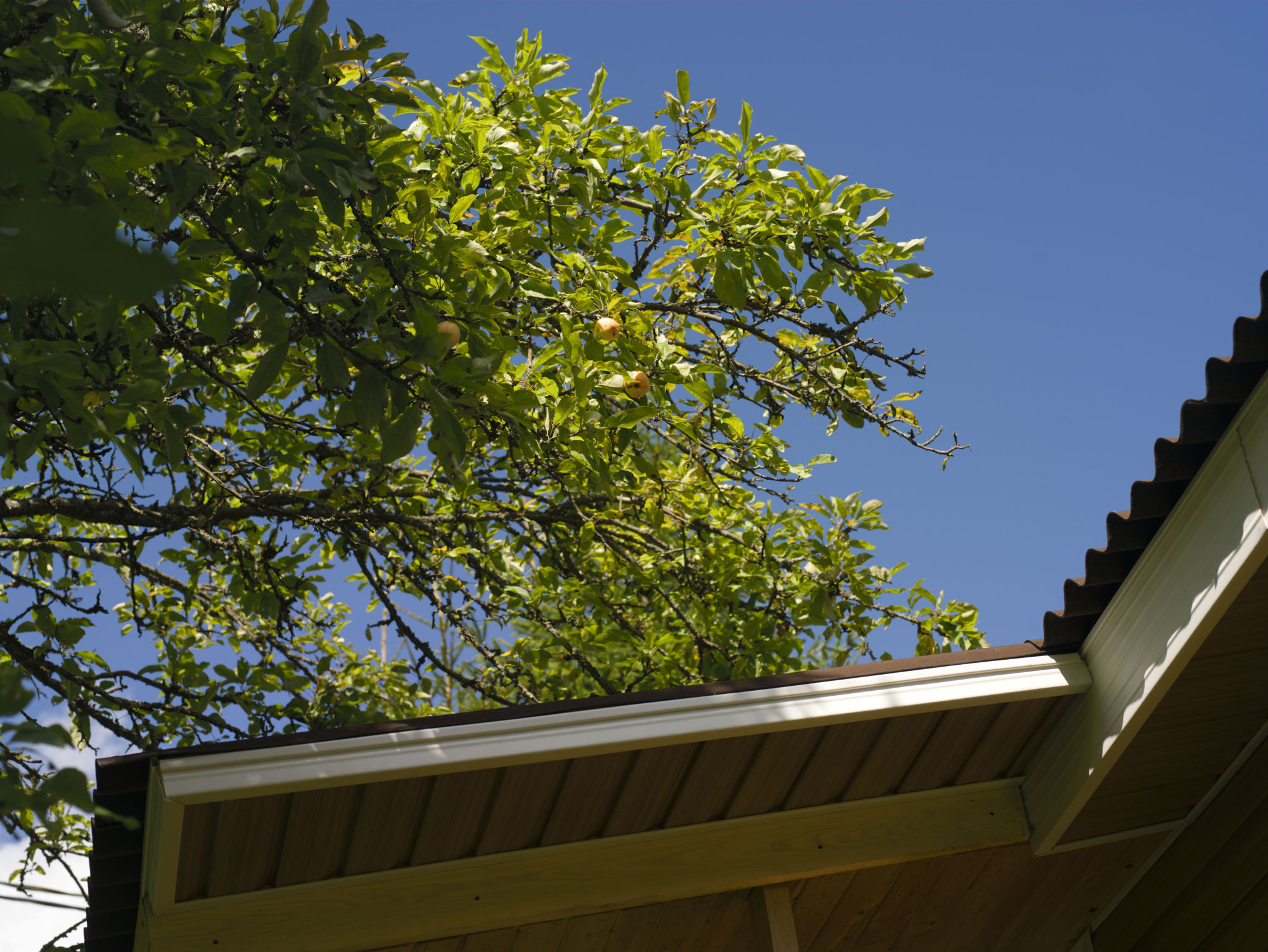Common Roofing Problems and How to Fix Them
Leaky Roofs
One of the most common roofing issues homeowners face is leaks. Leaks can result from various factors such as broken shingles, poor sealing, or damage due to weather conditions. The first step in fixing a leaky roof is identifying the source. Check for water stains on ceilings or walls and trace them back to their origin.
Once you locate the leak, ensure the area is dry and clean. Replace any damaged shingles and apply roofing cement to seal any gaps. Keeping your roof free from debris and regularly inspecting it can prevent leaks from occurring.

Damaged Shingles
Shingles protect your roof from environmental elements, and when damaged, they can lead to more severe problems. Common causes of shingle damage include strong winds, hail, and prolonged exposure to sunlight. Damaged shingles can often be spotted visually; they may be cracked, curled, or missing entirely.
To fix damaged shingles, carefully remove the old ones with a pry bar, ensuring you do not cause additional damage to the surrounding area. Place new shingles in their place and secure them with nails. It's beneficial to keep some spare shingles on hand for such repairs.

Poor Roof Ventilation
Proper ventilation is crucial for maintaining a healthy roof. Without it, moisture can accumulate, leading to mold growth and increased energy costs. Signs of poor ventilation include ice dams in winter and heat buildup in the attic during summer months.
To improve roof ventilation, ensure that air flows freely through vents. You may need to install additional vents or fans to facilitate this process. Proper ventilation not only protects your roof but also enhances your home's energy efficiency.
Clogged Gutters
Gutters play a vital role in directing water away from your home. When clogged with leaves, twigs, or other debris, water can overflow and cause damage to your roof and foundation. Regularly cleaning your gutters can prevent these issues.
Use a sturdy ladder and gloves to remove debris from the gutters. Ensure that downspouts are clear and water flows freely. Installing gutter guards can help minimize the accumulation of debris over time.

Sagging Roof
A sagging roof is a serious issue that indicates structural damage. This problem can result from excessive weight on the roof, such as heavy snowfall, or underlying issues with the roof's structure. Immediate attention is necessary to prevent further damage or collapse.
If you notice sagging, consult a professional roofer to assess the situation. They may need to reinforce the roof's structure or replace damaged components to restore its integrity. Regular maintenance and inspections can help identify potential issues before they become severe.
Tree Damage
Trees add beauty to your property, but branches that hang too close to the roof can cause damage during storms or windy conditions. Falling branches can break shingles or puncture the roofing material, leading to leaks.
To prevent tree damage, trim back any overhanging branches regularly. In cases where damage has already occurred, remove any debris from the roof and repair or replace affected shingles promptly.

Moss and Algae Growth
Moss and algae are common problems in humid climates or shaded areas of the roof. These organisms retain moisture, which can lead to rot and deterioration of roofing materials over time.
To remove moss and algae, apply a commercial moss remover or a homemade solution of equal parts water and vinegar. Scrub gently with a brush and rinse thoroughly with water. Installing zinc or copper strips at the roof's peak can help prevent future growth by inhibiting moss development.
Poor Installation
A poorly installed roof may exhibit a variety of problems, such as leaks, sagging areas, or inefficient ventilation. These issues often arise from hiring unqualified contractors or using subpar materials.
If you suspect poor installation, consult a professional roofer to evaluate the situation. They may recommend corrections or even a complete reinstallation if necessary. Investing in quality materials and experienced contractors initially can save you significant time and expense in the long run.
